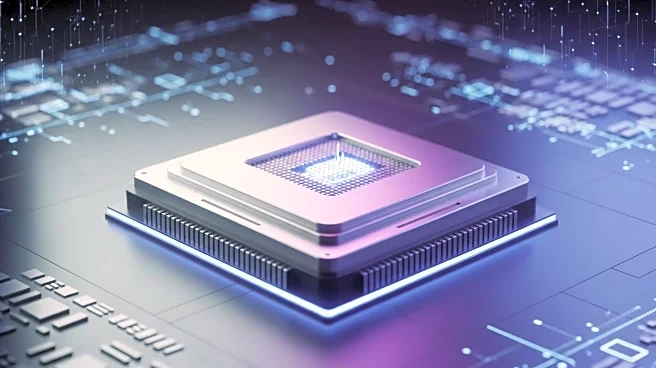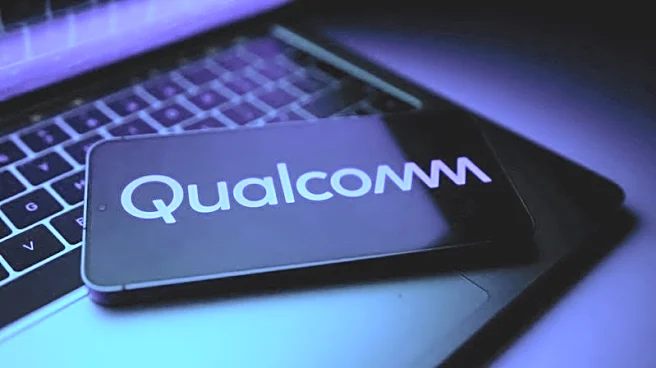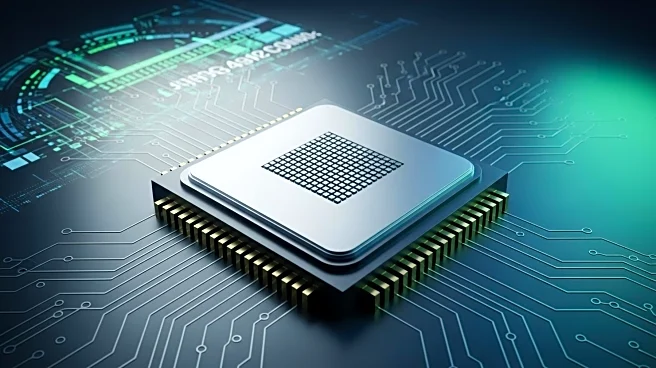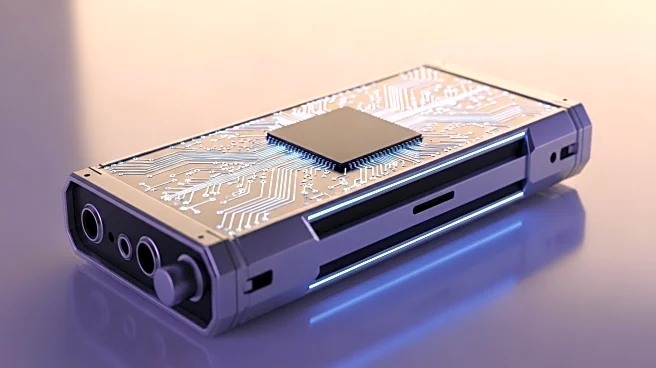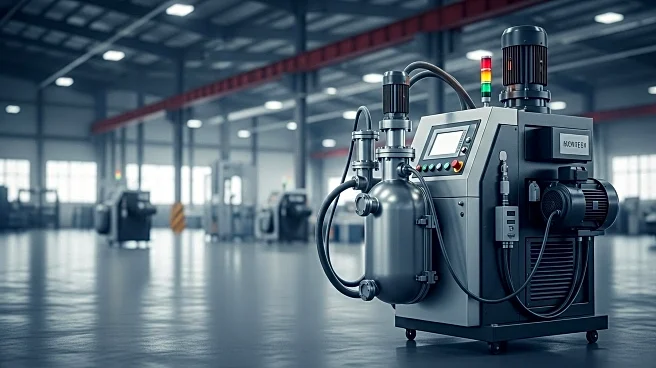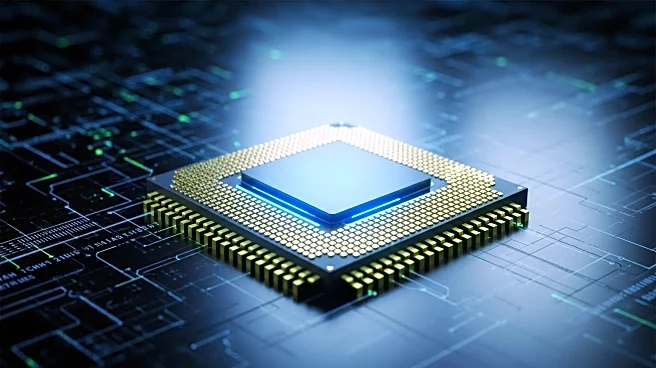What's Happening?
Qualcomm has introduced its Snapdragon X2 Elite and X2 Elite Extreme CPUs at the Snapdragon Summit in Hawaii. These new processors are designed to enhance performance in Windows-based machines, focusing on graphics capabilities. The X2 Elite Extreme features 18 Oryon CPU cores on a 3nm process, promising improved responsiveness and power efficiency. Qualcomm has also enhanced its Adreno GPU, claiming better performance per watt and support for ray tracing. However, compatibility issues with ARM-based CPUs remain a challenge, as many apps and games are not easily ported to ARM architecture.
Why It's Important?
Qualcomm's push into the PC market with ARM-based processors represents a significant challenge to Intel's dominance. The new CPUs promise better performance and power efficiency, which could attract more manufacturers to ARM-based systems. However, compatibility issues could hinder widespread adoption, as many apps and games are not yet optimized for ARM architecture. Qualcomm's efforts to improve compatibility, including collaborations with developers and the use of emulators, are crucial for gaining market share. The success of these processors could influence the future of PC architecture and competition in the semiconductor industry.
What's Next?
Qualcomm plans to release Snapdragon X2 Elite Extreme-powered PCs early in 2026, with expectations for premium ARM-based lightweight laptops. The company is working to improve app compatibility, with collaborations with developers like Razer and Maxon. Qualcomm's focus on AI capabilities with its enhanced NPU could also drive innovation in AI applications on ARM-based systems. The upcoming CES 2026 may showcase these new offerings, potentially influencing pricing tiers amid tariff challenges.
Beyond the Headlines
Qualcomm's strategy highlights the ongoing shift towards ARM-based architecture in the PC market, emphasizing power efficiency and graphics capabilities. The company's focus on AI integration reflects broader industry trends towards AI-driven applications. The compatibility challenges underscore the importance of collaboration with developers and the need for robust emulation solutions to ensure seamless user experiences.

